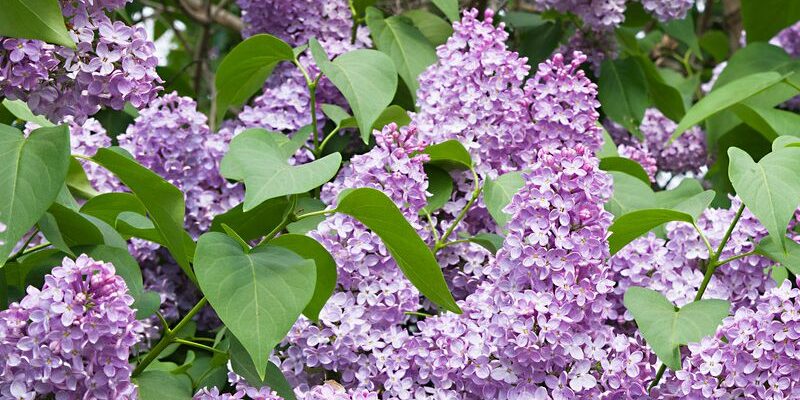Pruning Spring Flowering Shrubs
Pruning can benefit landscape plants by maintaining size, promoting flowering, removing dead and diseased limbs, focusing growth on younger or more vigorous stems and helping to control insect and disease problems. However, timing can be critical on flowering shrubs, especially spring blooming shrubs.
Spring flowering shrubs, like viburnums, lilacs and forsythias, develop flower buds during the prior year’s growth, which is one of the reasons why they are able to flower early in the growing season. Pruning needs to be carefully timed to preserve those buds if enhancing flowering is one of your pruning objectives.
For woody plants, pruning during dormancy (late winter or early spring) is typically recommended. The primary reason is that pruning during dormancy limits the impact to overall plant health when there are no (or fewer) plant processes at work we can disrupt. However, if a spring flowering shrub is pruned during winter, a good number of the flower buds are removed in the pruning process. Come spring, there just aren’t enough flower buds left from last year’s growth to muster up a very good display. Since flower bud development takes a good portion of the growing season, the plant simply cannot break dormancy in spring and develop flower buds in time to bloom.
For these reasons, shrubs which bloom prior to mid-June should be pruned shortly after flowering each year to preserve flower buds. By pruning these shrubs now, the new growth that results will have time to fully mature this growing season and develop the flower buds needed to bloom next spring. In some cases, this newer more vigorous growth, combined with additional sunlight to inner branches can actually enhance the flowering display of the coming spring.
For anyone that has tried pruning without much experience, it can be an overwhelming task at times. It is certainly tempting to break out the hedge shears and call it good. However, hedge shears are not the tool of choice in pruning for enhanced flowering.
Hedge shears produce an abundance of growth right at the branch tips as each cut promotes a multitude of sprouts. Over successive pruning with head shears, the plant develops a thick outer shell with little inner growth. This practice ultimately impacts flowering, but is also detrimental to plant health because the shrub does not have vital inner growth due to shading from its dense outer shell of foliage. To correctly prune a flowering shrub, use hand pruners or loppers to make most cuts. A handsaw may be needed for larger cuts, but that is rare.
Generally, spring flowering shrubs are pruned using the renewal method. In this technique, about 1/3 of the largest, oldest stems are removed at ground level. This focuses growth on the younger, more vigorous stems. It also opens up the interior of the plant for increase air flow, which helps control pathogens, and increases sunlight, which helps develop a strong array of interior growth.
Now that you are armed with good information on when to prune spring flowering shrubs, have confidence and get out there pruning. Remember, it will always grow back and practice makes perfect!







